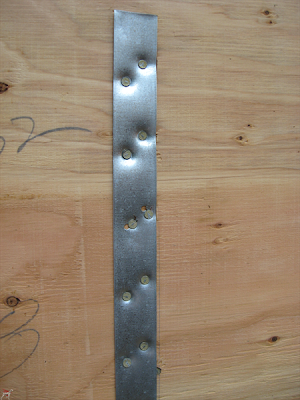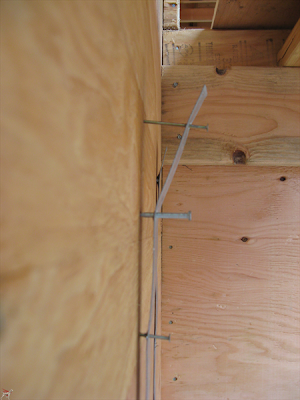righter101
Gold Member
- Joined
- Dec 5, 2009
- Messages
- 604
Hey everyone....
IRC Nailing table 602.3(1) specifies that 16D nails are 3.5" and 0.135" diameter.
I have a contractor asking if gun nails that are 16D 0.131" are ok.
When I look in the simpson guide, they are basing their fasteners on 16D commons being 0.162" and sinkers being 0.148".
For use with a simpson product, these seem like they wouldn't work, or would need eng. approval. Also, I understand that most simpson attachment work would be hand nailed, not gun nailed.
Anyone know about the smaller (0.131") gun nails and do you accept them as equal??
Thanks.
IRC Nailing table 602.3(1) specifies that 16D nails are 3.5" and 0.135" diameter.
I have a contractor asking if gun nails that are 16D 0.131" are ok.
When I look in the simpson guide, they are basing their fasteners on 16D commons being 0.162" and sinkers being 0.148".
For use with a simpson product, these seem like they wouldn't work, or would need eng. approval. Also, I understand that most simpson attachment work would be hand nailed, not gun nailed.
Anyone know about the smaller (0.131") gun nails and do you accept them as equal??
Thanks.



